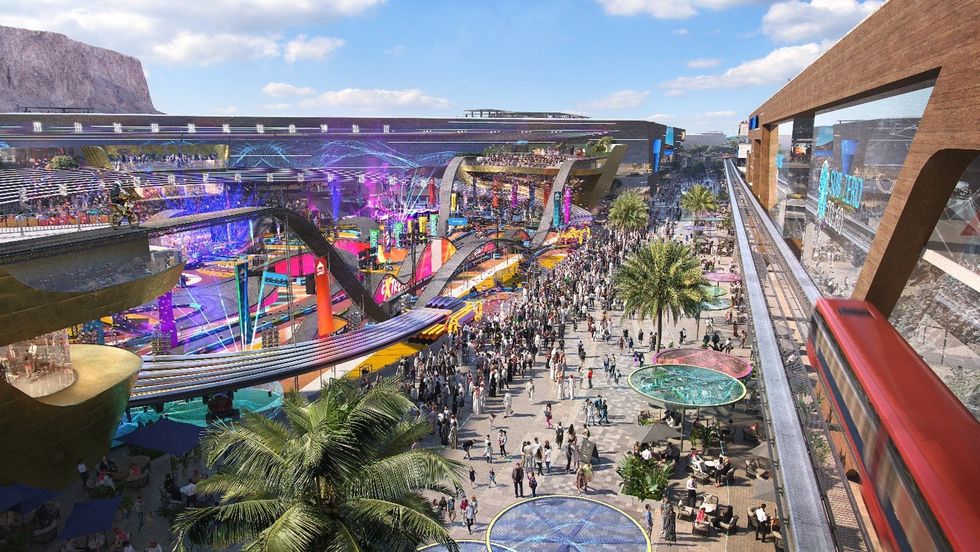ROLLER, the ticketing, CRM and POS specialist,has shared some of the secrets of successful shift scheduling, also known as shift planning. It takes a look at the key elements which need to be considered for maximum operational efficiency, with a seven-point plan to help organisations implement its best-practice approach.
Setting the scene, the firm says: "The gates of your venue have just opened. As you and your staff welcome the first of the day’s guests, you notice several large groups that you hadn’t anticipated have just arrived. On top of that, one of your employees has called out due to a schedule mix-up.
"As the queues – and frustration – begin to build, the customers become noticeably annoyed. If you’ve ever found yourself in this situation, then you know just how important it can be to know the ins and outs of venue shift planning."
Elements of success
For visitor attractions,shift planning is a way of strategicallyallocating employee schedules to accommodate visitor demands. It is a vital part of the smooth operation of an attraction and affects costs, the visitor experience, employee satisfaction, and overall efficiency. The goal is to create a unified workflow that optimises operationalefficiency and guest happiness, not only to allocate duties.
Key factors in this process include demand forecasting, skill set consideration, legal compliance, flexibility and adaptability, and employee engagement and feedback. "By considering these diverse elements, venues can create a harmonious and efficient environment that benefits employees and visitors," explains ROLLER.
Demand forecasting, as withcapacity planning, is critical, particularly during peak seasons, holidays, or special events, to ensure that the venue is not understaffed or overstaffed. To effectively predict visitor numbers, demand forecasting requires in-depth research of historical trends, present market conditions, and future projections.
Attractions also need to consider flexibility and adaptability. "Given the unpredictable nature of visitor attendance and unforeseen circumstances, shift planning for attraction venues requires high flexibility," advises ROLLER. "The ability to quickly adapt schedules in response to sudden changes in visitor numbers or staff availability is key to maintaining smooth operations.
The operator also needs to carefully consider the skills, preferences and feedback of its workforce. Staff utilisation and service quality can be enhanced by carefully matching employee talents to the attraction's diverse functions, such as ride operations or food service. In addition, operators should incorporate employee preferences and feedback. Together, these factors can help improve job satisfaction and foster an improved quality of service.
In addition, ROLLER recommends that attractions carefully consider the legal implications of shift scheduling. It says: "Navigating the complex web of labor laws and regulations is vital. This includes managing working hours, ensuring adequate breaks, avoiding excessive overtime, and adhering to age restrictions and safety regulations specific to the industry."
Best practices
To support attractions in their shift planning activities, ROLLER has shared its best practices - and a seven-point plan to put them in place.
The firm comments: "Effective shift planning demands a thorough understanding of your industry's unique needs, a commitment to leveraging technology, and a dedication to the well-being and preferences of the staff. By adopting these best practices, venues can balance operational demands and employee satisfaction."
Operators need to understand the unique requirements of the industry and the impact of seasonal and special events. This includes planning for peak periods and quieter times and having a backup plan ready for high-profile events. In case of unexpected changes in footfall, the firm advises that staff receive cross-functional training.
Industry-specific shift planning software tools can enhance scheduling, improve communications, and minimise errors with functionalities such as automated scheduling, demand forecasting, and easy shift swaps. Venue management software such as ROLLER can provide data to support shift planning, for example, traffic fluctuations. In addition, the firm recommends that attractions use templates for systematic and consistent shift planning.
ROLLER also suggests that organisations develop "a culture where employees feel their input is valued in the scheduling process." Operators should aim for a predictable schedule with few last-minute changes, and are advised to avoid on-call working. Team members should be encouraged to share their availability and preferences to enable a better balance of business and employee needs.
This is facilitated by clear communication. "Implementing effective communication channels can reduce confusion and improve staff morale," explains the firm.
Seven steps
ROLLER has outlined the seven steps to implementing the shift scheduling best practices:
- Assess current staffing methods. Attractions should begin by reviewing theircurrent scheduling techniques. Consider strengths and opportunities forimprovement, such as understaffing at the busiest times of the day or overstaffing duringoff-peak hours.
- Define organisational objectives. Outline yourgoals for using a new shift planning technique. This might be lowering labour expenses, raising visitor satisfaction, or promoting work-life balance for staff members.
- Analyse patterns in visitor traffic. Collect data on visitor attendance, including peak times, seasons, and special events. This will enable you to more accurately anticipate future staffing requirements.
- Review employee skills. Consider the abilities and qualifications of your workforce. Make sure your shift plan takes into account the differentrequirements of various venue locations, and check if anystaff members cancover different areasif necessary.
- Develop a flexible scheduling model. This should be able to accommodatesudden fluctuations in visitor numbers and employee availability.
- Include employee input. Engage employees in scheduling. Incorporate their preferences and opinionsto establish a more equitable and staff-friendly timetable.
- Implement and monitor. Launchthe new scheduling system and monitor its effects. Regularly examine and modify the schedule to ensure that it meets the needs of both the organisation and its workforce.
ROLLER concludes: "Shift planning is not just about filling in a schedule; it's about aligning staff resources to fluctuating visitor demands for a seamless operation. Effective shift planning directly impacts guest satisfaction, staff morale, and the overall financial health of the venue. Proper shift planning can help avoid hangups when your gates next open, creating a harmonious and productive work environment for staff and a great experience for guests."
Earlier this month, ROLLER shared insights into face-to-face marketing. The firm explained what it means and how attractions can benefit from it, and offered some suggestions on how operators can use it to enhance their attraction value.
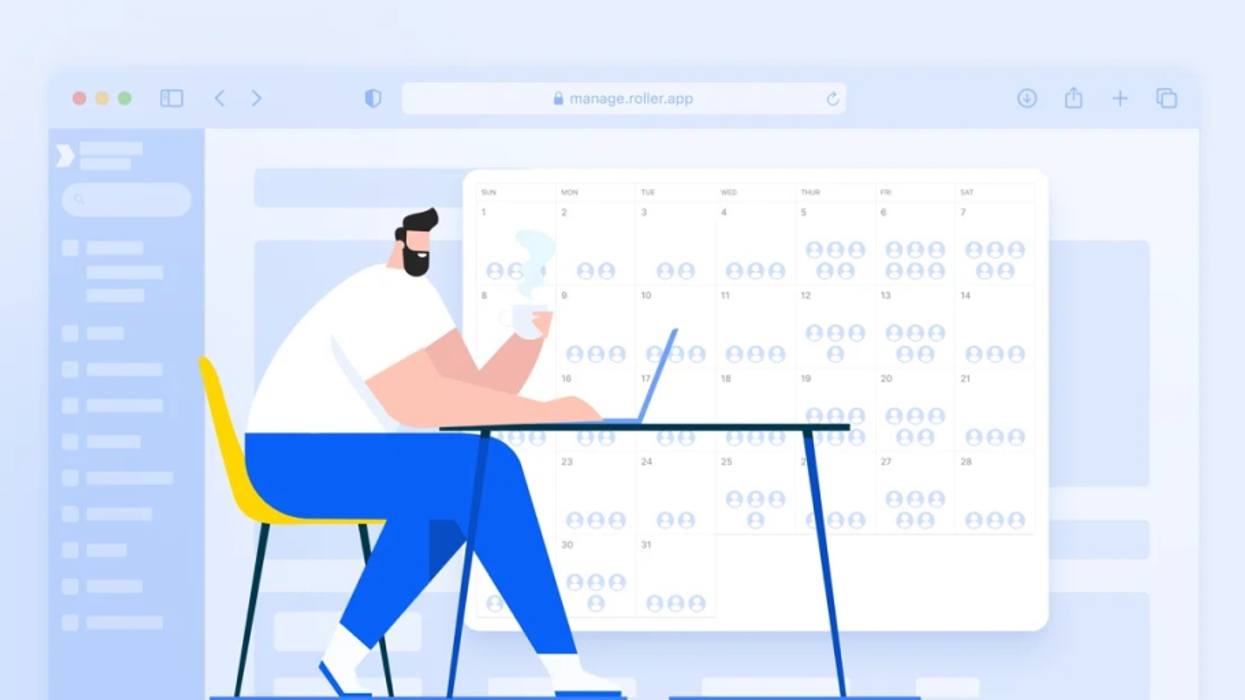


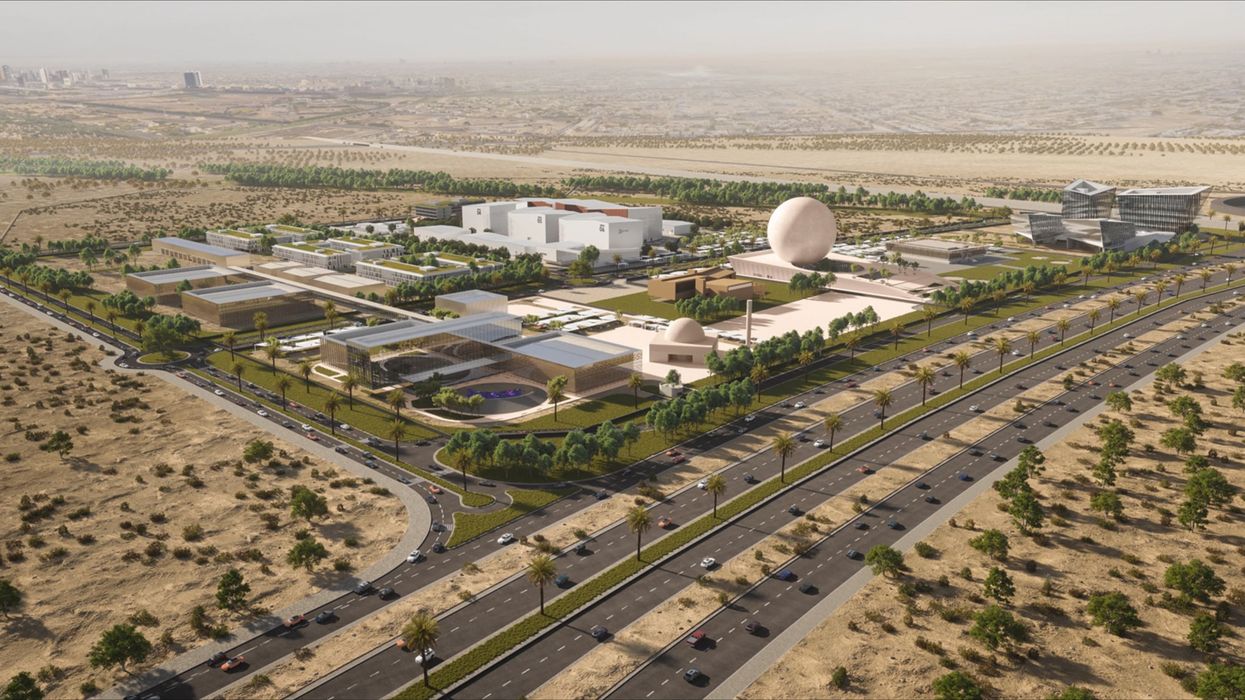


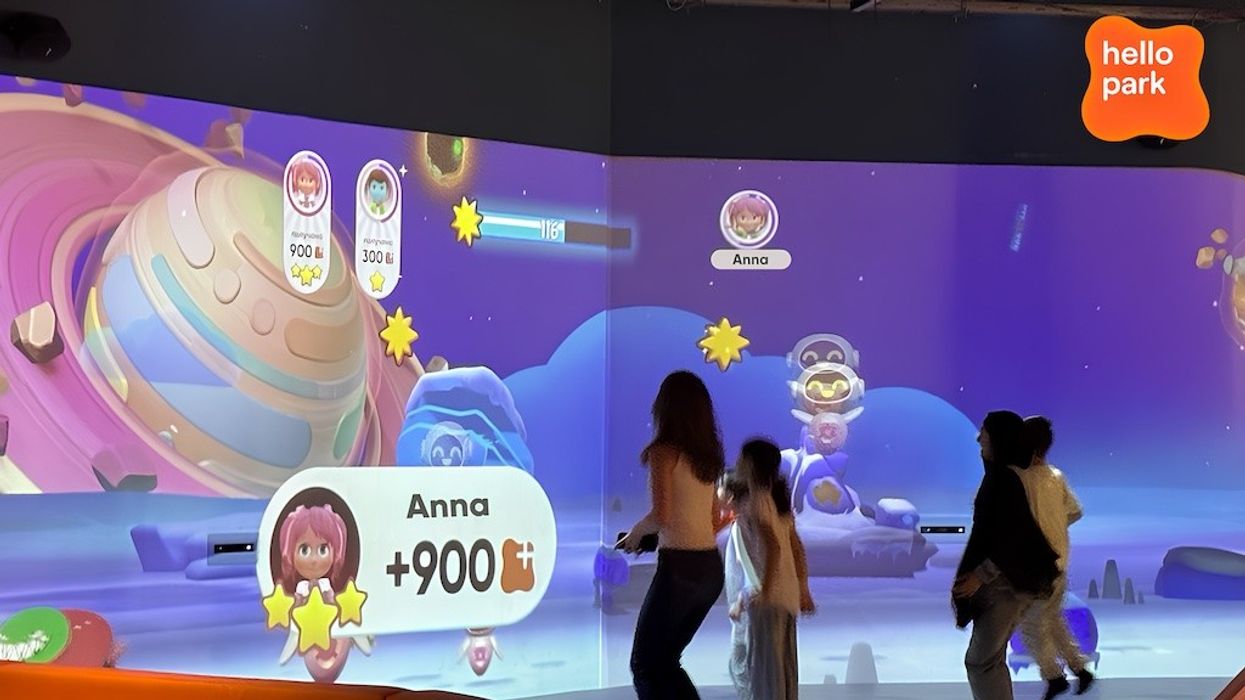








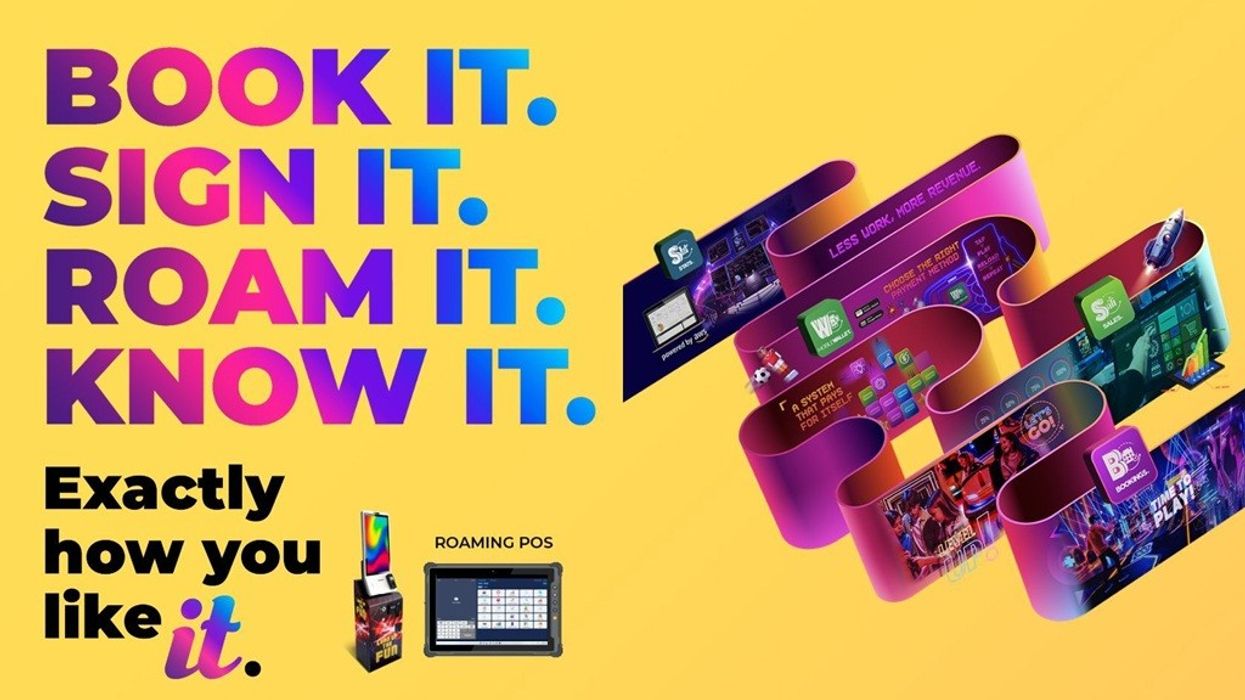

 Jade Craig
Jade Craig
